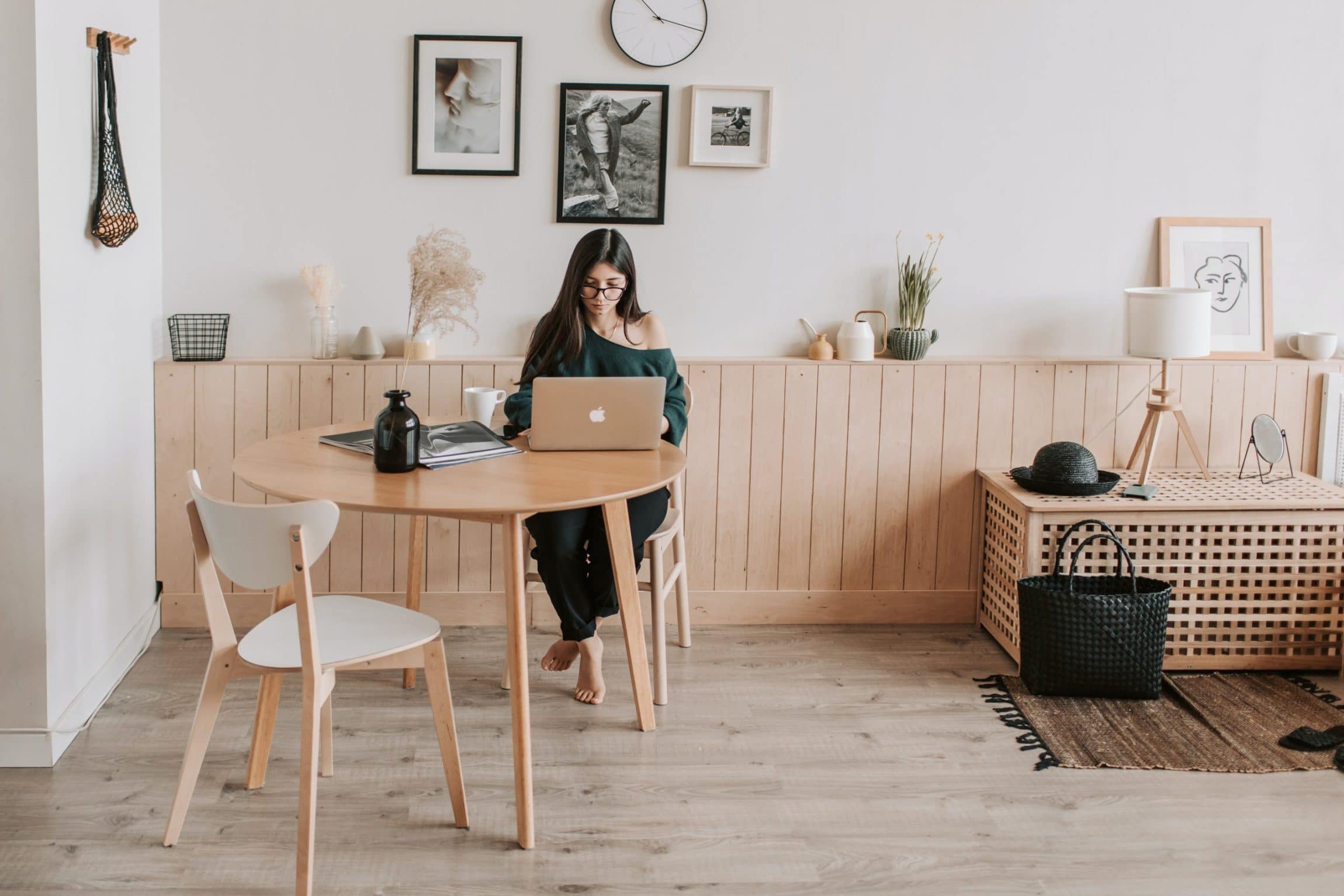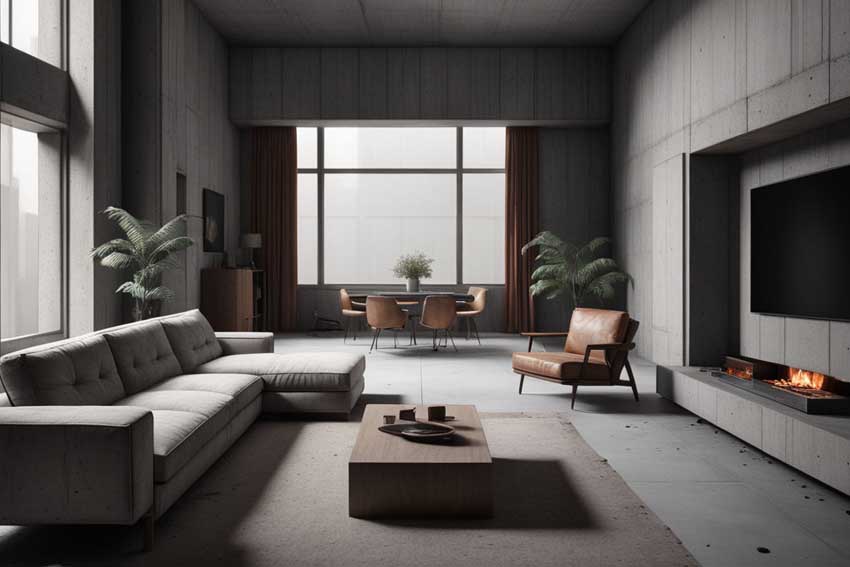Change Your Closet and Attitude with the Concepts of Minimalism
Wiki Article
Understanding Minimalism: Strategies for Lowering Clutter and Enhancing Clearness in Everyday Living
Minimalism is increasingly identified as a viable approach to boosting clarity and emphasis in today's cluttered globe. By methodically assessing our properties and prioritizing intentionality, we can produce spaces that not only show our values but additionally promote mental wellness. Using strategies such as the "Four-Box" technique can help with a much more well organized environment, yet real obstacle exists in cultivating a minimalist attitude that maintains these initiatives. Checking out the nuances of this ideology might expose unexpected insights into just how you can transform your everyday life. What might you find when you embrace this deliberate simpleness?Specifying Minimalism and Its Benefits
Specifying minimalism entails comprehending it as a way of living option that emphasizes simplicity and intentionality in both day-to-day regimens and physical possessions. At its core, minimalism encourages individuals to prioritize what absolutely matters, enabling a much more significant and focused existence. By removing the non-essential, minimalism invites people to engage deeply with their experiences and surroundings.It fosters psychological quality, as reducing clutter in one's setting can lead to reduced interruptions and stress and anxiety. Minimalism promotes financial liberty; by prioritizing needs over desires, individuals can make more enlightened acquiring choices, leading to possible cost savings and minimized financial debt.
Inevitably, minimalism is not just regarding worldly reduction yet involves an all natural shift in viewpoint, cultivating a life defined by satisfaction, function, and balance. Accepting this way of living can result in profound changes in how individuals regard and communicate with the world around them.
Evaluating Your Present Clutter
Clutter usually manifests as a frustrating buildup of items that no longer offer a function, developing an obstacle to achieving a minimal lifestyle. Take note of certain categories of products, such as clothing, publications, or cookware, as this will certainly help you recognize the scope of the clutter.
Additionally, think about the frequency of use for each item. If something has not offered a purpose in the past year, it may be a prospect for removal. This analysis will not just clarify your relationship with your ownerships but will certainly also set the structure for efficient decluttering in the future. Ultimately, recognizing your present clutter is a critical step towards embracing minimalism and improving clarity in your everyday living.

Practical Decluttering Techniques
Having actually analyzed your existing mess, the following step is to apply sensible decluttering techniques that promote an even more arranged living space. Minimalism. One reliable approach is the "Four-Box" technique, where you mark 4 boxes labeled: maintain, contribute, garbage, and relocate. This technique urges fast decision-making and guarantees items are categorized appropriatelyAnother approach is the "One in, One out" policy, which states that for every brand-new product acquired, an existing thing needs to be eliminated. This principle aids keep equilibrium and prevents buildup over time. Additionally, consider the "30-Day Minimalism Game," where you get rid of one thing on the initial day, 2 on the 2nd, etc, cumulatively fostering a feeling of accomplishment.
Restriction yourself to a details number of cherished things, allowing you to value their significance without overwhelming your room. By utilizing these methods, you can create a much more reliable and peaceful living area, eventually boosting quality in your day-to-day life.
have a peek at this website
Developing Willful Spaces
Creating intentional areas includes a thoughtful strategy to just how we design and organize our atmospheres, ensuring each location serves a certain objective and reflects our values. This technique is vital in cultivating a sense of clearness and function in our day-to-days live. By seriously analyzing the function of each room, we can eliminate interruptions and boost our overall wellness.To develop willful rooms, begin by identifying the key tasks that will occur in each area. A home office need to be designed to foster productivity, integrating components such as adequate lights, comfortable furniture, and marginal interruptions. In contrast, a relaxation area must promote harmony, featuring relaxing colors and comfy seating.
Furthermore, consider the emotional effect of your environments (Minimalism). Integrating personal things that reverberate with your worths, such as art work or plants, can enhance the link to your space. Consistently examine these environments to guarantee they continue to offer their designated purpose as your requirements develop
Ultimately, developing deliberate rooms has to do with making conscious choices that straighten with your way of life, promoting consistency and effectiveness in your living and workplace.
Preserving a Minimalist Mindset
Embracing a minimalist frame of mind needs recurring reflection and intentionality in our actions and thoughts. Set apart time to examine your commitments, properties, and also electronic material, ensuring they line up with your core concepts.
This shift in viewpoint urges admiration for simpleness, boosting total well-being. Integrating mindfulness strategies, such as reflection or journaling, can Homepage additionally enhance a minimal attitude by promoting quality and lowering mental clutter.
In addition, establish boundaries to safeguard your energy and time. Learn to claim no to non-essential responsibilities and interruptions that do not contribute to your individual growth. Surround on your own with similar individuals that sustain your minimalist trip, as shared worths can improve motivation and liability.
Verdict
Finally, embracing minimalism provides considerable advantages, consisting of minimized clutter and improved clearness in every day life (Minimalism). By systematically assessing ownerships and implementing sensible decluttering strategies, people can produce intentional rooms that cultivate mindfulness and thankfulness. Maintaining a minimal way of thinking calls for ongoing evaluation and dedication to simpleness, inevitably resulting in a much more concentrated and satisfying way of life. The principles of minimalism act as valuable devices for growing a setting that sustains personal growth and well-being.
Furthermore, think about the "30-Day Minimalism Game," where you remove one item on the initial day, two on the 2nd, and so forth, cumulatively promoting a sense of success.
In final thought, their explanation accepting minimalism offers substantial advantages, consisting of reduced clutter and boosted clarity in daily life.
Report this wiki page